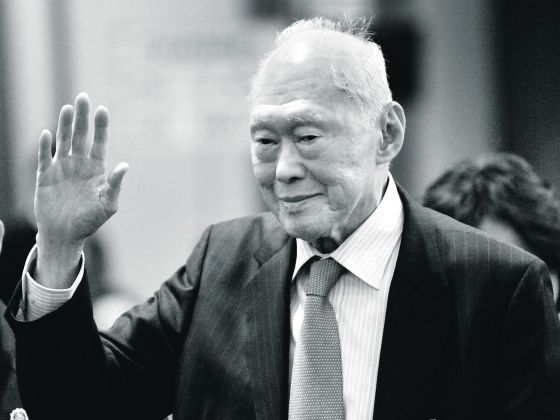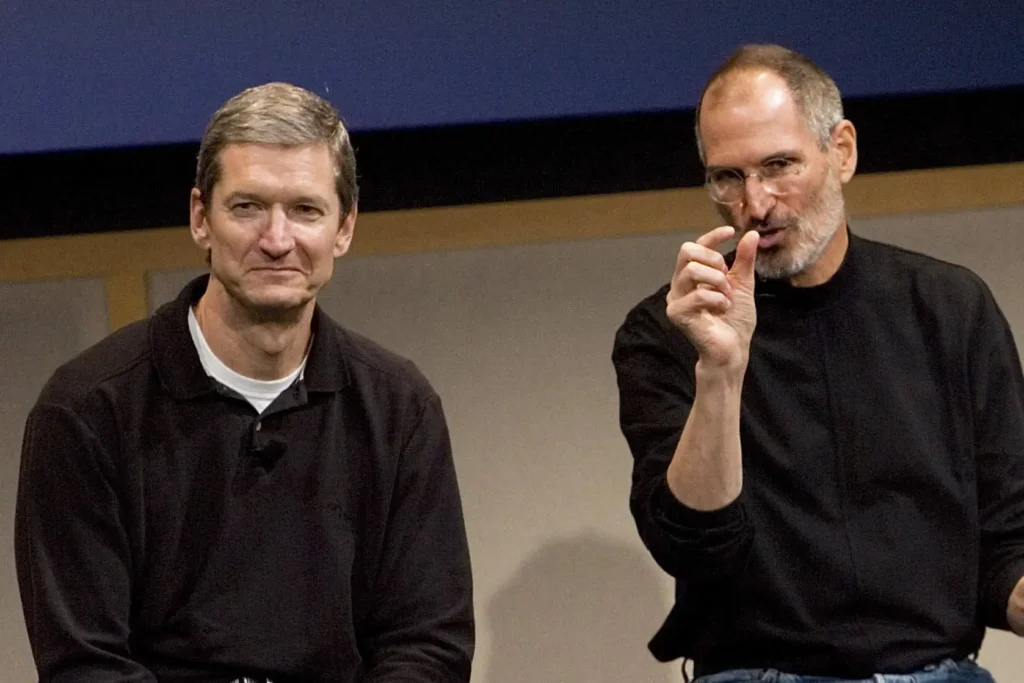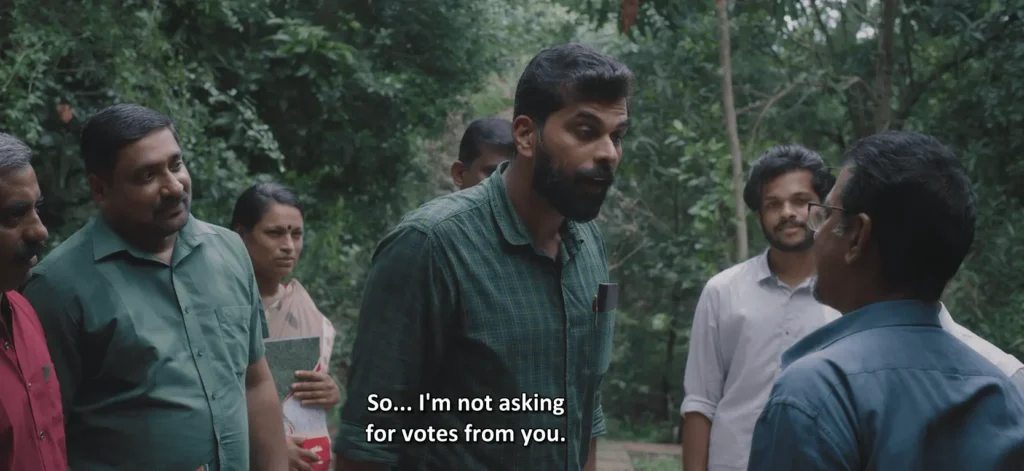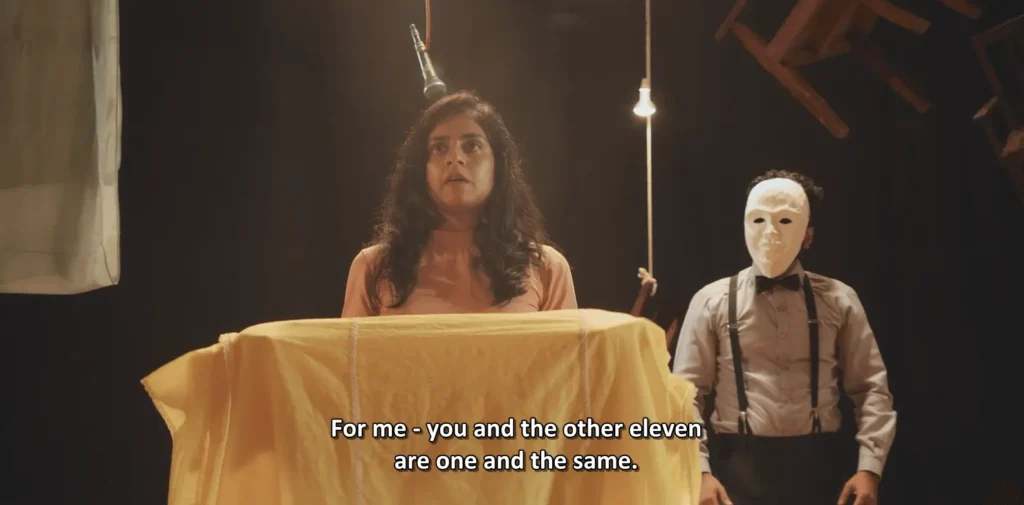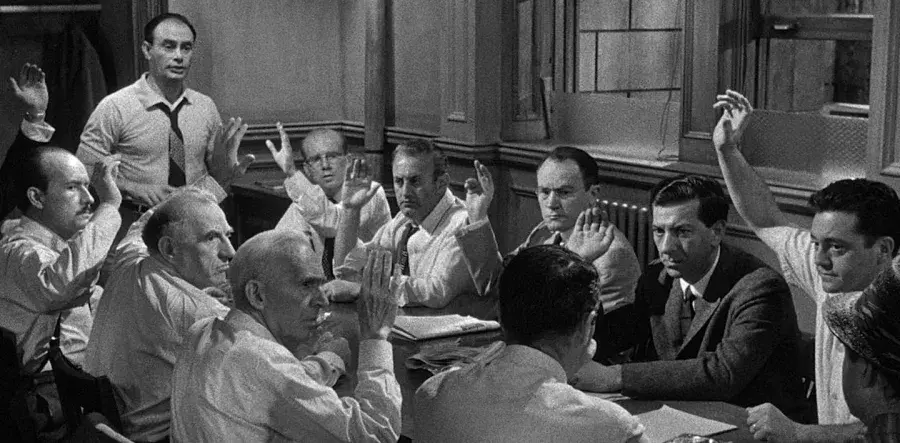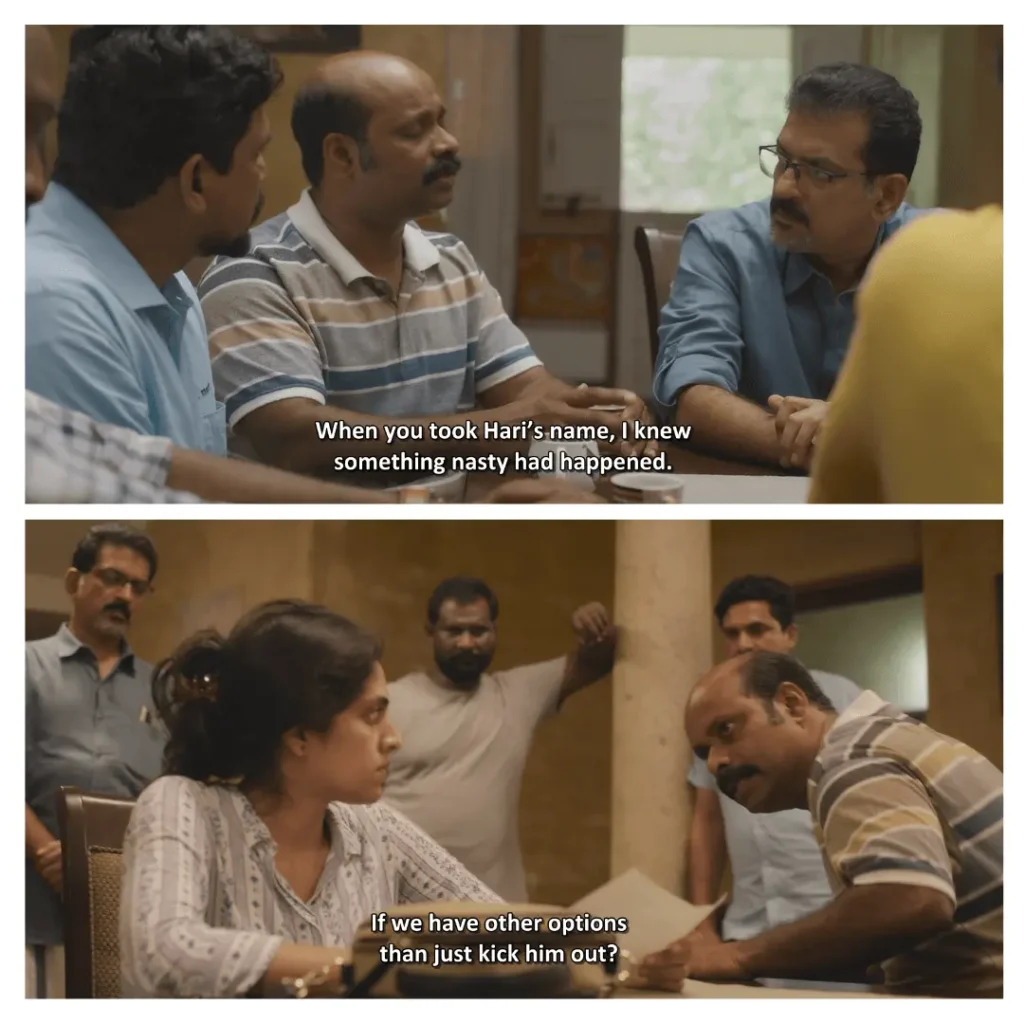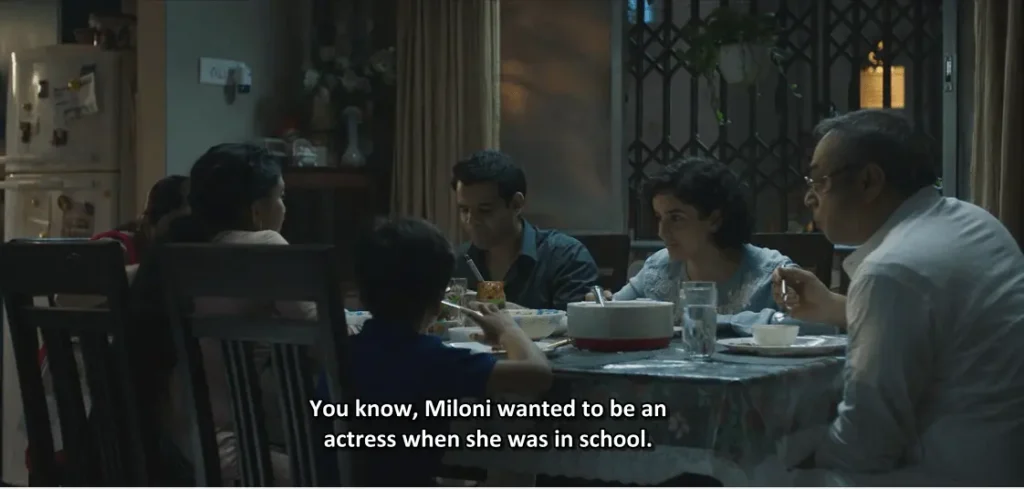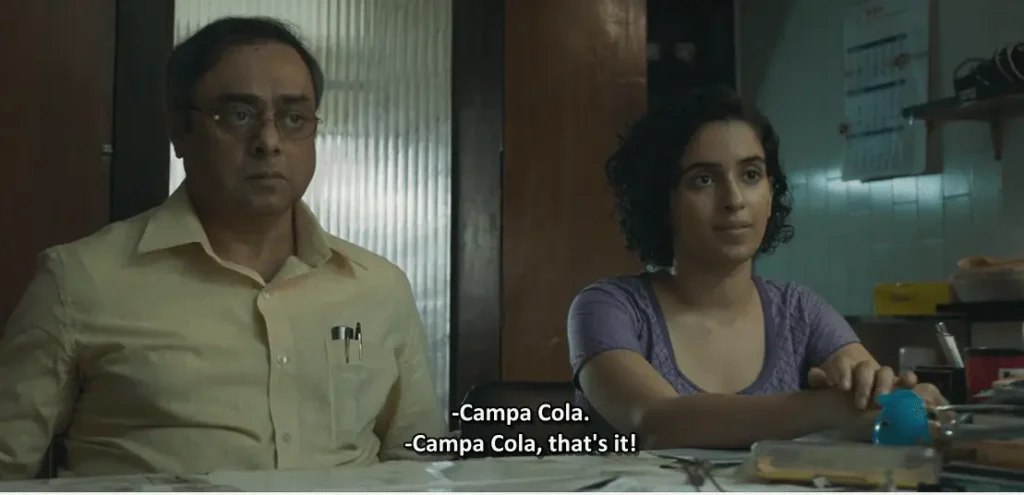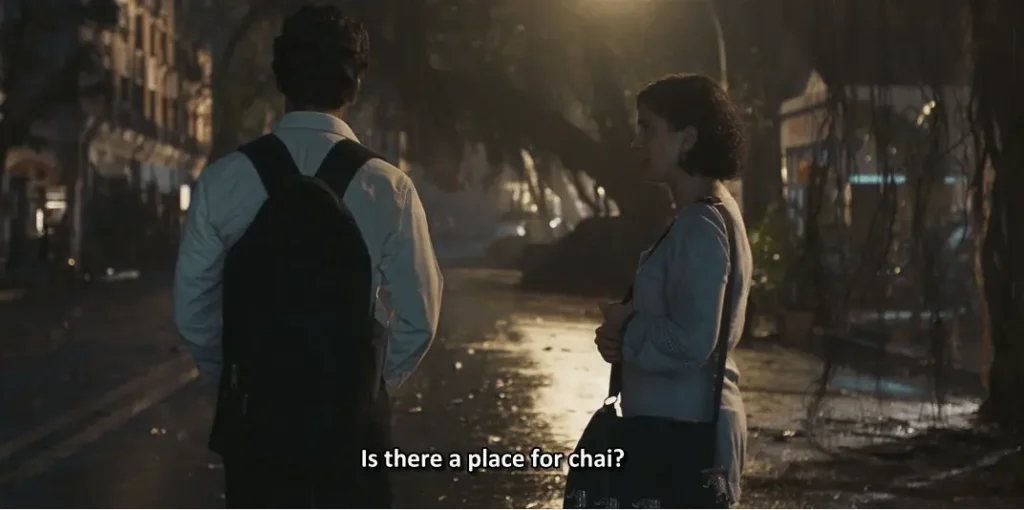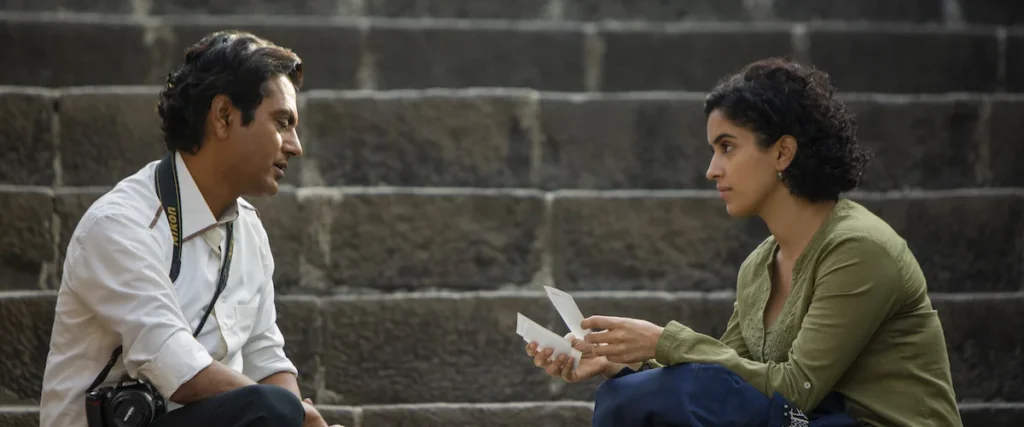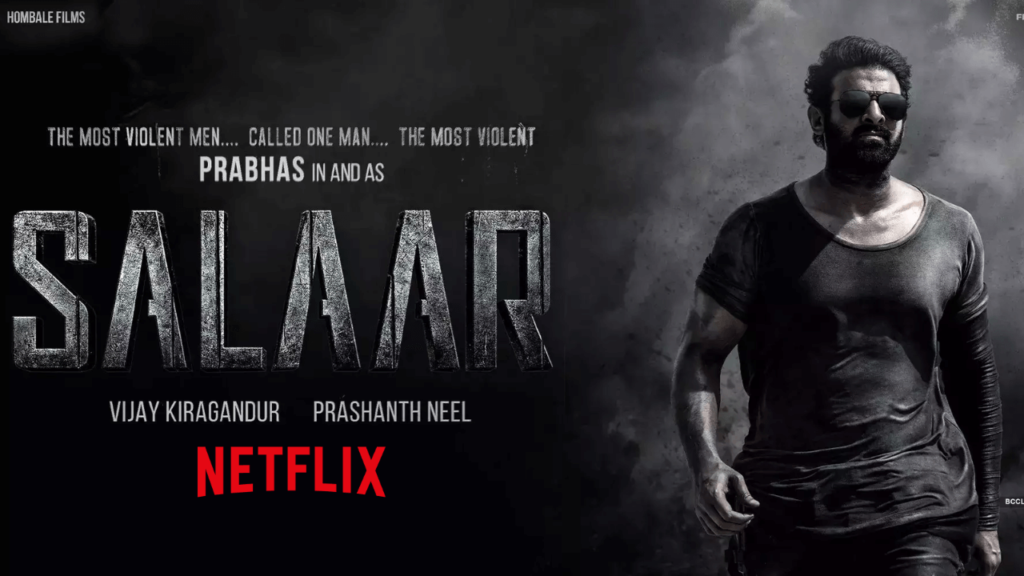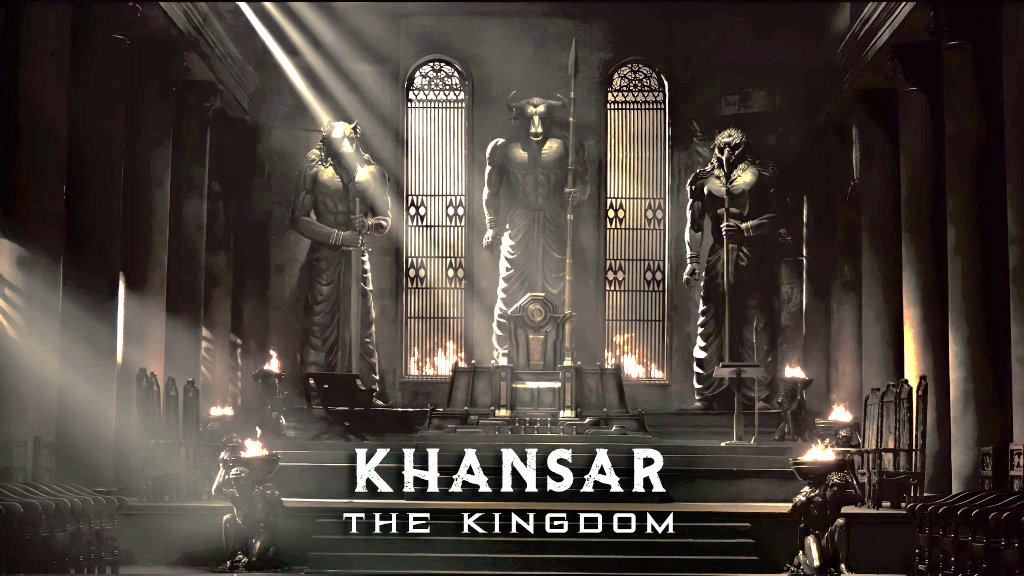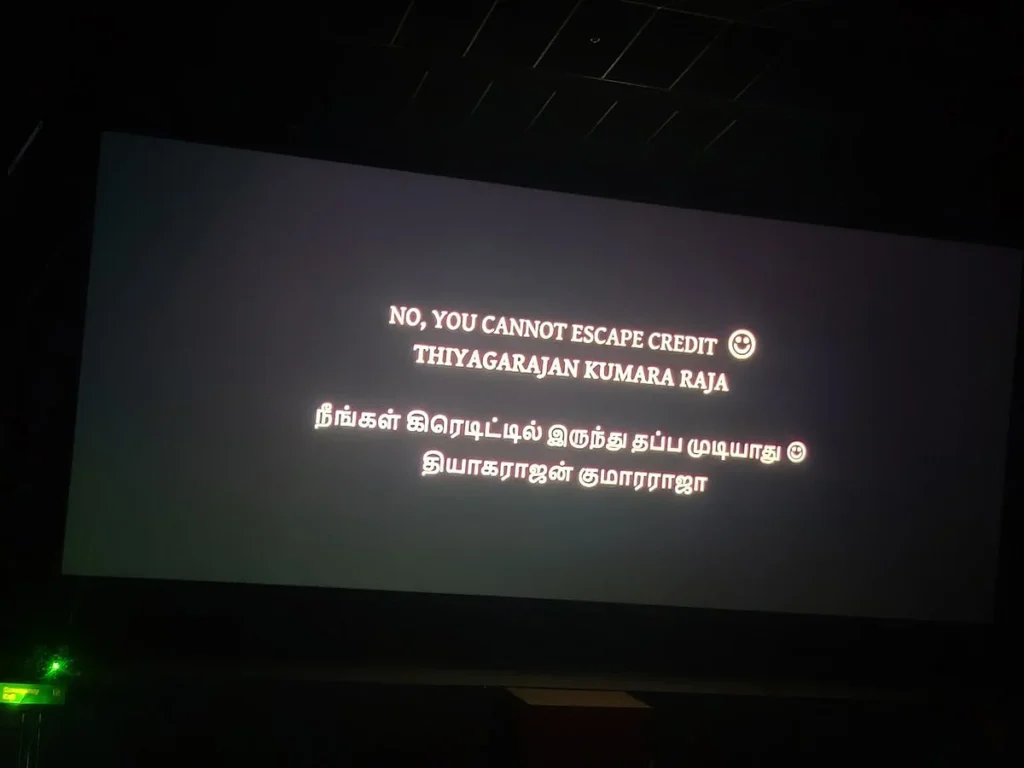Have you ever wondered about those moments when you wish for something—a sea breeze, perhaps—and suddenly, your friend calls for a beach walk? It feels like there’s an unseen force listening to your thoughts, understanding your wishes, and weaving them into reality. I call it as hidden blessings, some says it’s the Atma of your dearest ones, maybe your grandma, maybe your childhood friend who died in an accident. Whatever it might be, I strongly believe there is a mysterious or hidden aura around us, that quietly orchestrates the events for us. It’s listening you, and seeking you.

Madampu Kunjukuttan
Recently, I came across a memoir by Madampu Kunjukuttan that reminded me of this thought. Those who don’t know Madampu should try the biographical novel Bhrashtu. It’s the real life story of an 18th century Namboodiri woman excommunicated for adultery — during the court hearing, she shocked the presiding court by naming a score of society notables whom she encountered, it’s a revenge-bound story which exfoliate the hypocratic patriarchal community of 18th century Kerala.
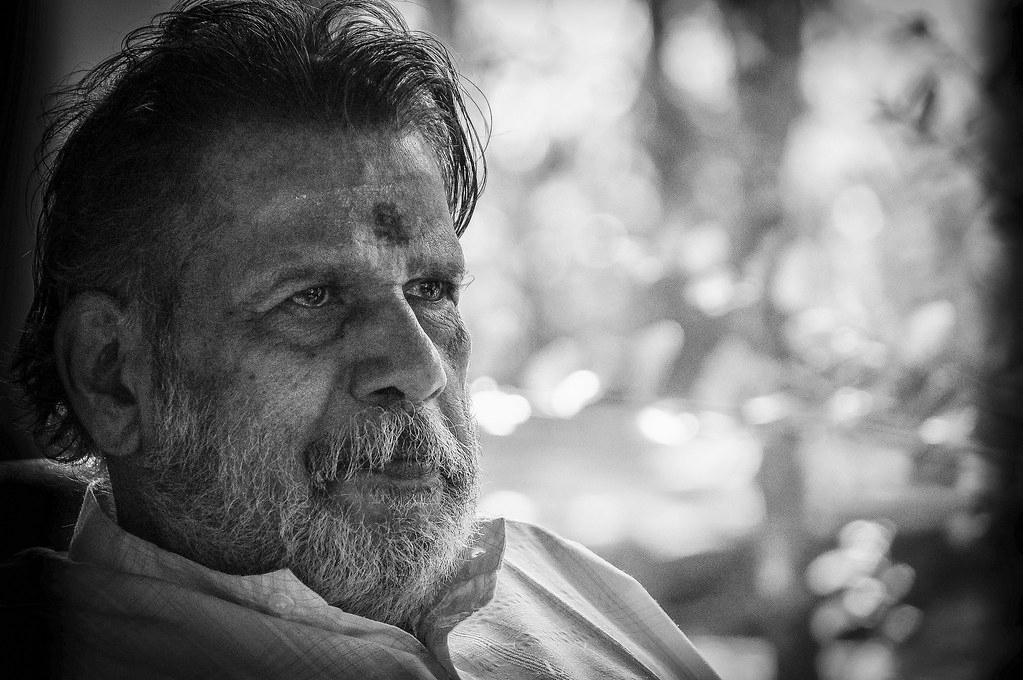
Madampu Kunjukuttan used to frequently visit Mookambika temple between Kollur and Kodachadri during his early writing days. Those trips helped him to introspect and infuse a spiritual enlightenment in Madampu, both as a writer and a spiritual seeker.
Those who have read Aaryavartham or Bhrashtu can connect with my words. From Adikula nathan’s disintegration, Aryavartam is the story of the Adigotras, who emerge as four clans. The sub-plots in an extended narrative style are enough to understand the depth of Madampu’s thought processes.
A Yogi, Madampu & Their Karmic Interconnectedness
During one such Mookambika visit, he encountered a young yogi deeply immersed in meditation at Sarvagnya Peetha. Intrigued by the yogi’s serene demeanour, Madampu approached him and kept three coins there as a Bhiksha (noble donation). Madampu turned back and took a few steps, but suddenly the yogi opened his eyes and called him back.

With polished British English, the yogi calmly asked, ‘What brings you here with these coins?’
‘I do not know; it just felt right,’ Madampu replied with a smile.
‘Will it always feel right?’ The yogi chuckled, prompting Madampu to respond in his own way, ‘Probably not.’
The yogi grasped Madampu’s hand. ‘Brother, today I thought of this: someone donating 3 coins. In a week’s time, I will go to the valley and buy three handfuls of rice with three coins. That’s enough for me for a week. This money you brought here will fulfil my needs for the week. The grace of my guru.’
The yogi then shared his story. He spoke of spiritual journeys and learnings—of Himalayan expeditions, encounters with Shankaracharya’s teachings, and seeking the essence of Devi worship. He recounted his time studying Sanskrit under Jnanananda Saraswati in Rishikesh.
Then, with those sparkling eyes, Yogi asked, Have you ever heard about my guru, Jnanananda Saraswati?
This question from Yogi, who was a foreigner in Kodachadri, took Madamb back to his childhood. A period even before Madambu’s Upanayana.
Once, during a monsoon afternoon, Madampu and his brothers saw someone at the doorstep. The man was conversing with elders, and Madampu discovered that he was a man from the south, well-versed in Puranas and Sanskrit. Madampu asked his uncle, ‘Who is this?’ ‘Parameshwaran,’ came the reply.
That was the first time he met that genius.
‘I need to eat,’ Parameswaran said. ‘Clean yourself at the pool, and the food will be ready,’ Madampu’s uncle replied. The family gave him food and shelter. That’s how Parameshwaran lived in Madampu’s Mana for five years! He also taught Sanskrit to Madampu and his siblings.
Parameswaran Unnithan started teaching sanskrit to many children in his area, and finally he married the sibling of one of his disciples. His children went abroad, received a good education, and began a successful career there.
Parameshwaran Unnithan, who had travelled from Kerala to the Himalayas, influenced by Adi Shankara and Brahmasutrabhasya, in search of knowledge, reached Rishikesh, then obtained Deeksha and became Jnanananda Saraswati. The same Parameswaran Unnithan who taught Madampu Sanskrit is the one who taught that young yogi Sanskrit.
“Do you know Malayali Gnananda Saraswathi?”
Young Yogi asked again.
Yogi’s question awakened Madambu from his past. A misty breeze that came from beyond the mountains in Kodachadri caressed both of them.
“I know. He has also taught me Sanskrit. He stayed with us for four to five years. We got his blessings.”
Young Yogi’s eyes were filled with tears after listening to this.
“Everything happens for a reason, “Yogi said.
Madampu remembered Yogi’s words. When he got three rupees, the young British yogi said that it was the blessing of the Guru. The sky stood red above Sarvagnya Peetha; it made them feel like Mookambika Devi was showering Vermillion with her blessings.
Philosophies Around Interconnectedness
This interconnectedness and hidden auras which are working for us, can be seen in many philosphies. In Eastern philosphies, it’s called Karma and Dharma. It suggest that our actions and thoughts have ripple effects beyond what we perceive. In Buddhism, for example, posits that all beings are interconnected, and actions (karma) influence future outcomes in a complex web of cause and effect.
Modern philosphies describe it as Butterfly effect. This chaos theory illustrates how small changes can lead to significant consequences over time. It suggests that even tiny, seemingly insignificant actions or events can have far-reaching effects in complex systems.
The most modern word is manifestation; it refers to the belief that through focused thoughts, intentions, and actions, individuals can attract or create desired outcomes in their lives. Recently, in an interview, actor Vijay Sethupathy said he manifested his acting career. I believe the aura around him might have listened and worked for him.
Imagine this: hidden energies or unseen and mysterious Atmas, surrounding us ceaselessly, attentive to our every whisper and thought. They are like silent guardians, fulfilling the commands of our subconscious minds.
When our intentions are noble, these energies conspire to nurture and elevate us, crafting pathways to our desires. When our thoughts are evil headed, their influence can be ominous, steering us towards destruction.
What do you think? Are we mere vessels, or do we wield unseen powers that shape our destinies? Do you believe in this interconnectedness? Have you ever experienced these mysterious aura around you working for your wishes. Share in comments.


